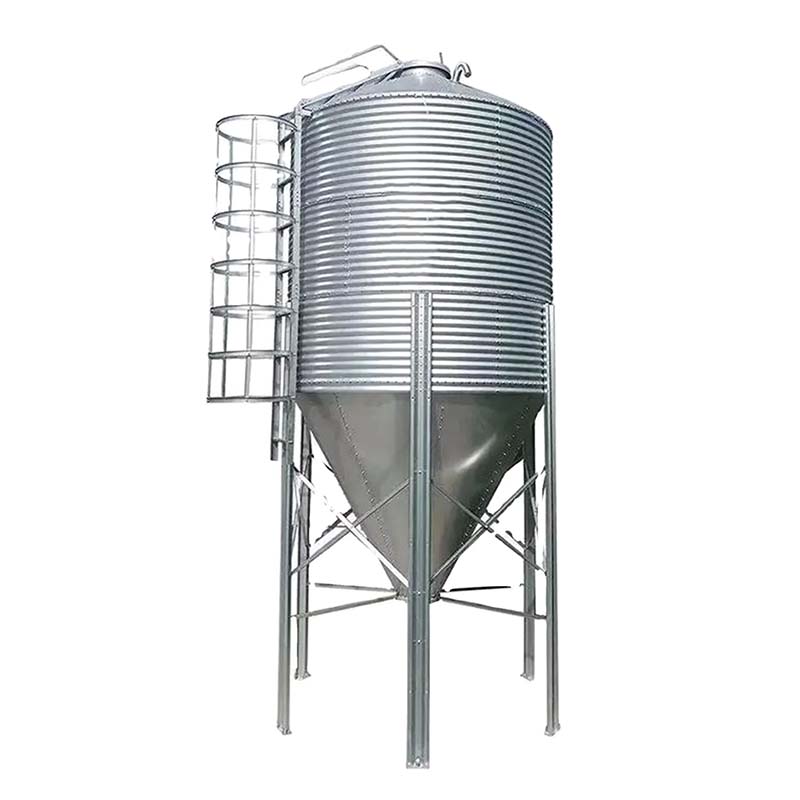Exploring Different Types of Feed Mill Mixers for Enhanced Efficiency and Performance
Nov . 11, 2024 04:52 Back to list
Exploring Different Types of Feed Mill Mixers for Enhanced Efficiency and Performance
The Importance of Feed Mill Mixers in Modern Agriculture
In the world of modern agriculture, efficiency and precision are paramount. One of the key components that contribute to these goals is the feed mill mixer. These machines play a vital role in the preparation of animal feed, ensuring that livestock receive the right nutrients in the correct proportions. The process of mixing feed is not just about throwing ingredients together; it involves science, technology, and a keen understanding of animal nutrition. In this article, we will explore the importance of feed mill mixers, their types, and their impact on agricultural practices.
Understanding Feed Mill Mixers
Feed mill mixers are specialized equipment used to combine various feed ingredients into a homogenous mixture. They are designed to handle a wide range of materials, including grains, protein sources, vitamins, and minerals. The main goal of a feed mixer is to ensure that all ingredients are evenly blended to provide a balanced diet for livestock. An uneven mixture can lead to nutritional deficiencies or excesses, both of which can negatively impact animal health and productivity.
Types of Feed Mill Mixers
Feed mill mixers come in several types, each suited for different mixing needs and production scales
. Common types include1. Horizontal Mixers These mixers feature a horizontal mixing chamber where ingredients are combined using augers or paddles. They are known for their ability to quickly and efficiently mix large volumes of feed, making them ideal for commercial feed operations.
2. Vertical Mixers Vertical mixers use a vertical mixing chamber, where feed ingredients are blended in an up-and-down motion. They are particularly effective for mixing small batches of feed and are often used on farms with lower production needs.
3. Batch Mixers These mixers operate on a batch processing system, meaning they mix a fixed quantity of feed at a time. Batch mixers are versatile and can handle a variety of materials, making them suitable for custom feed formulations.
4. Continuous Mixers Unlike batch mixers, continuous mixers operate continuously, allowing for a steady flow of ingredients to be mixed without interruption. This type is ideal for large-scale productions where efficiency is crucial.
feed mill mixers

Benefits of Using Feed Mill Mixers
Investing in a high-quality feed mill mixer offers numerous benefits for farmers and livestock producers. Some of these benefits include
- Improved Nutritional Consistency A well-mixed feed ensures that every animal receives the same amount of nutrients, promoting uniform growth and health within the herd or flock.
- Enhanced Animal Performance Properly balanced diets lead to better feed conversion rates, increased weight gain, and improved reproductive performance in livestock. This not only boosts productivity but also contributes to overall profitability.
- Reduced Feed Waste An effective mixing process minimizes feed segregation, reducing feed waste and maximizing the value of every ingredient.
- Customization of Feed Formulations With the ability to mix various ingredients, farmers can create custom feed formulations tailored to the specific needs of their animals, considering factors such as age, breed, and production goals.
- Time and Labor Efficiency Modern feed mill mixers are designed to operate efficiently, reducing the time and labor required for feed preparation. This allows farmers to focus on other important aspects of their operations.
Conclusion
Feed mill mixers are an essential tool in the modern agricultural landscape. Their ability to produce well-mixed, nutritionally balanced animal feed contributes significantly to the health and productivity of livestock. With various types available to cater to different needs, these machines enable farmers to optimize their feed formulations and improve overall efficiency. As the agriculture sector continues to evolve, the role of feed mill mixers will remain vital in ensuring sustainable and productive livestock farming. By investing in the right equipment, farmers can not only enhance their operations but also contribute toMeeting the growing global demand for high-quality animal products.
-
Automatic Feeding Line System-Pan Feeder Nipple Drinker|Anping County Yize Metal Products Co., Ltd.
NewsJul.29,2025
-
Hot Sale 24 & 18 Door Rabbit Cages - Premium Breeding Solutions
NewsJul.25,2025
-
Automatic Feeding Line System Pan Feeder Nipple Drinker - Anping County Yize Metal Products Co., Ltd.
NewsJul.21,2025
-
Automatic Feeding Line System Pan Feeder Nipple Drinker - Anping County Yize Metal Products Co., Ltd.
NewsJul.21,2025
-
Automatic Feeding Line System - Anping Yize | Precision & Nipple
NewsJul.21,2025
-
Automatic Feeding Line System - Anping Yize | Precision & Nipple
NewsJul.21,2025






